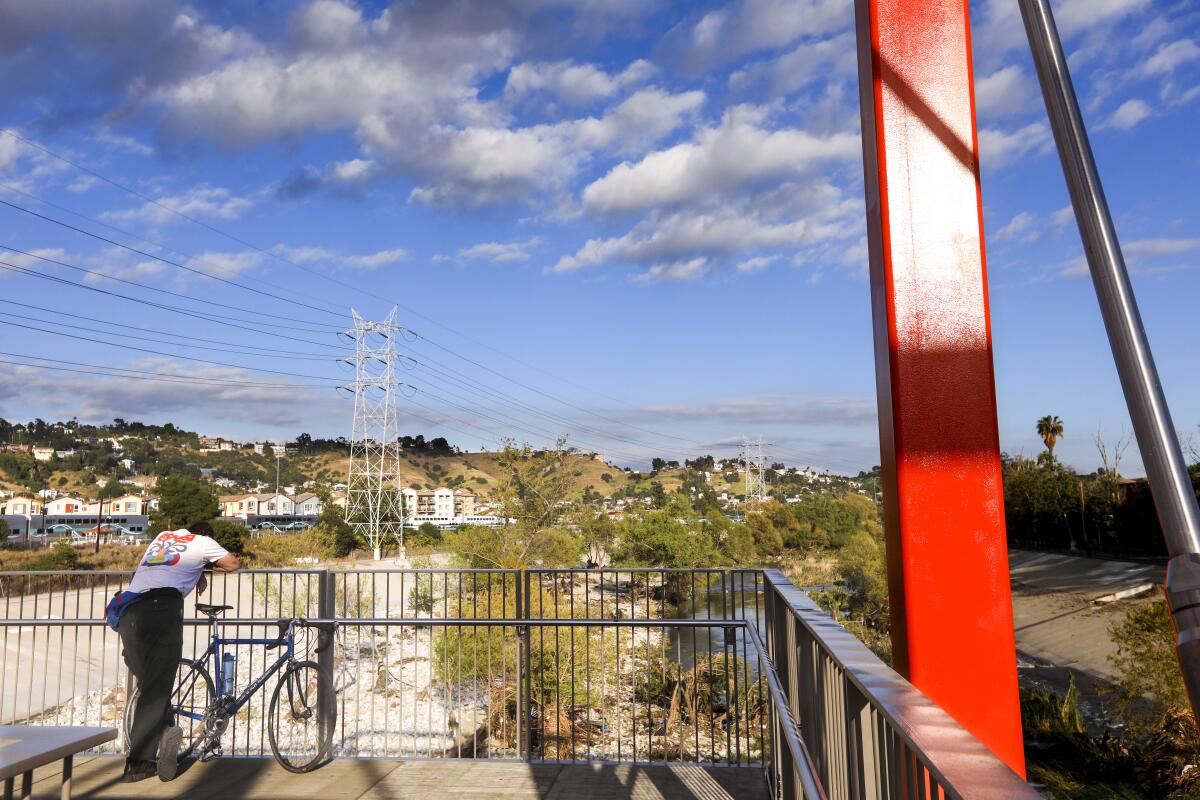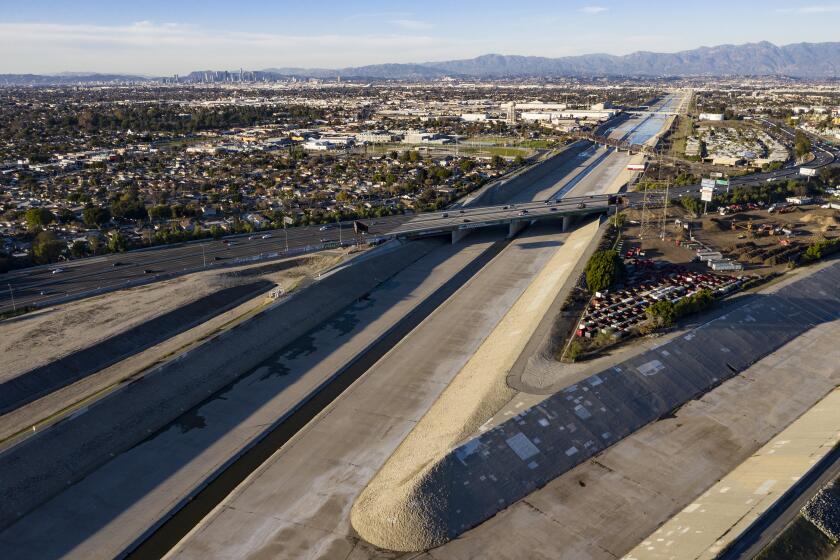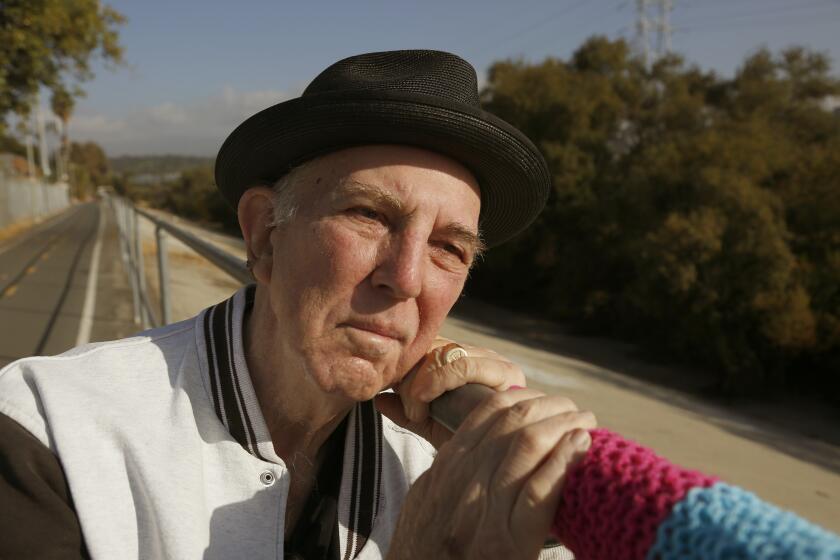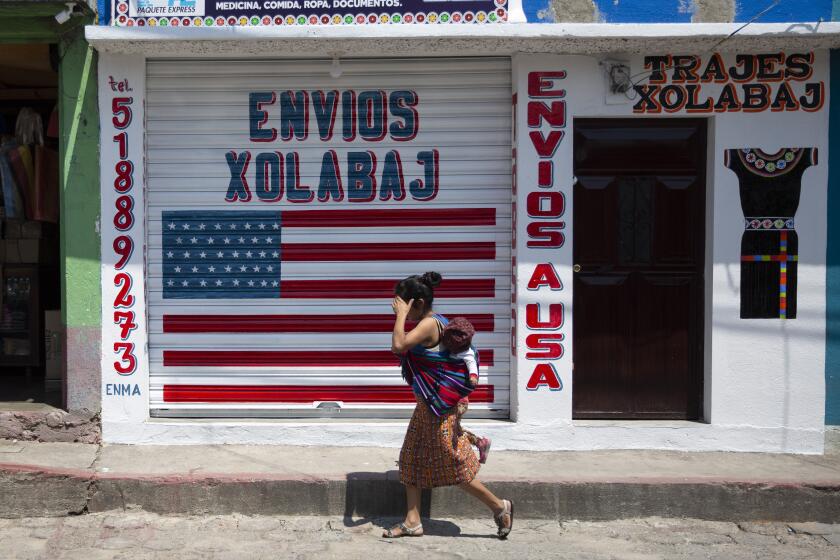Can the L.A. River be rejuvenated without displacing low-income communities?

- Share via
An ongoing debate has long accompanied proposed plans to revitalize the Los Angeles River: Will green gentrification displace low-income communities along the waterway? A strategy called “land banking” should help prevent that.
When the L.A. County Board of Supervisors meets Tuesday, it is expected to approve a new master plan for river redevelopment. They will also consider a related motion to establish a land bank for affordable housing in river-adjacent communities; initial funding could come from the American Rescue Plan Act of 2021.
A land bank would enable the county to purchase and hold land — and buy time to put together development deals before public investments in river revitalization cause property values to rise beyond reach. The cost of land is one of the most significant impediments to building affordable housing in Los Angeles. By creating a land bank, L.A. County would become a model for other places that want to pursue equitable community development alongside environmental improvements.
The L.A. River Master Plan will guide river revitalization efforts for decades to come. The new plan stakes out bold visions for the river’s future, including more parks, public spaces, bike and walking paths, and habitat improvements. The plan also is strongly committed to helping low-income communities along the river thrive in place instead of seeing them displaced as the river region is rejuvenated.
Contributor: How to make sure the L.A. River Master Plan fulfills its promise to the Gateway Cities
The L.A. River plan acknowledges the problem of displacement, but its solutions won’t go far enough, fast enough to ensure that it benefits the surrounding working-class communities.
The board should pass the land bank motion to send a clear signal that it is serious about its commitment to equity in the master plan.
Real estate investors have long viewed the L.A. River restoration as a prime opportunity to gentrify communities. A land bank is a critical tool to prevent displacement of marginalized residents.
An initial $50-million investment would enable the proposed land bank to purchase land sufficient for more than 800 new units of affordable housing along the Los Angeles River, according to a report commissioned by the Board of Supervisors.
That would account for only 15% of the 5,200 new units that the master plan estimates will be needed to avoid displacement of residents in neighborhoods that may be gentrified on the river in the coming years. But it would be an excellent start. And the board’s motion would direct the county to secure additional funding from state and federal sources for the land bank.
The $50 million could come from the county’s $1.9-billion share of the $350 billion that Congress approved last year in the American Rescue Plan Act to help state, local and tribal governments recover from the COVID-19 pandemic and fund “equitable recovery” that supports long-term growth. Hundreds of land banks are in operation around the country. Four in New York and one in Pennsylvania have received funds from the American Rescue Plan Act.
The cost to build affordable housing is a small fraction of the $19 billion to $24 billion the master plan estimates will need to be invested in river improvements in the coming years. Those include massive waterworks to capture more stormwater for water supply, dramatic improvements to make the channel and riverbanks more accessible and enjoyable for recreation, platform parks across the river, and native habitat in and alongside the riverbed.
A broad array of investment in equitable community development will be needed to ensure the river revitalization will keep families and communities in place. The master plan calls for protecting existing affordable housing, helping renters become homeowners, providing workforce training and job creation and supporting small, community-serving businesses.
A local poet and lifelong environmental activist, MacAdams dedicated his life to restoring the Los Angeles River.
With billions in federal COVID recovery aid and a massive $97.5-billion state budget surplus, the county is well positioned to find the necessary funds to protect residents still struggling from the economic impact of the pandemic.
Before the pandemic, more than 56% of renters in L.A. County were rent burdened, or paying more than 30% of their income on rent, according to a UCLA study. During the pandemic, more than 60% of those residents cut back on food, 45% of them spent less on clothing, and 33% spent less on transportation. Almost half of all renters in the county are behind on rent. Black and Latino renters have been especially hard hit.
The land bank would lead to more affordable housing units being built. In turn, families that live in them would be uplifted because they would not have to spend more than 30% of their household income on shelter. They would be able to devote financial resources to other needs such as food, healthcare, transportation to get to work and education.
A land bank for affordable housing along the river would ensure that crucial investments in green infrastructure and environmental improvements won’t lead to green gentrification and displacement. It is the right way forward.
Jon Christensen is an adjunct assistant professor at the Luskin Center for Innovation and the Institute of the Environment and Sustainability at UCLA. Sissy Trinh, executive director of the Southeast Asian Community Alliance, contributed to L.A. County’s land bank report.
More to Read
A cure for the common opinion
Get thought-provoking perspectives with our weekly newsletter.
You may occasionally receive promotional content from the Los Angeles Times.











